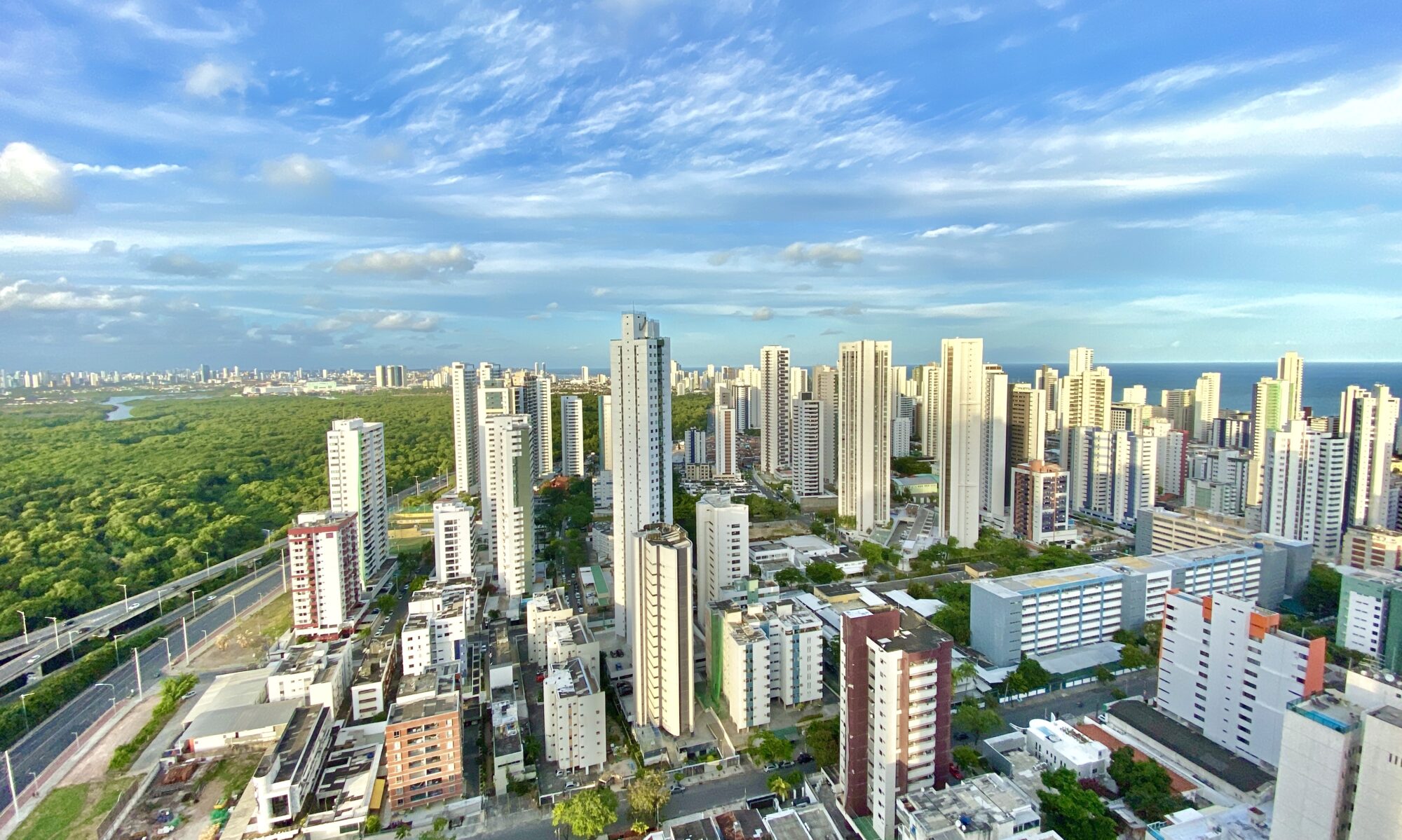Situated in the Centre-West of Brazil, the state of Mato Grosso was the destination of some of the largest expeditions that set out from São Paulo during the 18th century to settle in the interior of the country, set up trading posts and search for deposits of gold and precious stones. During the 19th century, artist-adventurers such as Hércules Florence and the scientists travelling with him during the long and fruitful scientific expedition that was led by the legendary Baron Langsdorff, passed through its lands. The state capital, Cuiabá, was and still is, a point of arrival and departure for what is one of the most stimulating of the Brazilian states because of its location and natural resources.
Situated in the Mato Grosso is the Chapada do Guimarães its unique scenery formed by sandstone mountains that have the appearance of being cut-outs, reminscent in form of a city hewn in stone with precipices, canyons and fantastic waterfalls. Also there is a section of one of the most picturesquet places on earth:the Pantanal (marshlands) the largest flooded area in the world where the sequence of flooding and receding of the rivers gives rise to an unparalleled food chain, populating the region with a particularly varied fauna.
Intersecting the Pantanal is the Transpantaneira, a bare-earth highway, interspersed with wooden bridges, which presents along its length a parade of birds and mammals from the region. Built during the 1970s, the Transpantaneira has never been completed and is now mainly used for tourist excursions. The 145 kilometre journey is full of surprises, such as flocks of macaws and processions of herons, cavies, alligators, deer and many other animals. The region is home to at least 650 species of bird, 80 mammals and 50 reptiles.
It was in Mato Grosso that the brothers Orlando, Cláudio and Leonardo Villas Boas made some of the first attempts to approach the Brazilian Indians and founded the Xingu Republic on the bank of the river of the same name. Nowadays, the Xingu Indigenous Park covers an area 22,000 km2, where several tribes live and retain traditions that go back thousands of years as well as languages that are in extinction. The state, with the fifth largest native population in Brazil, is inhabited by around 15,000 Indians.
Although the Mato Grosso no longer has mineral deposits of the same potential as those that attracted the colonizers who flocked there during the 18th century, the state produces gold estimated at 14,000 kilograms annually, in the same league as the states of Pará and Rondônia in the mining of this ore. The main mining centres are divided into five gold-producing provinces: Baixada Cuiabana, Peixoto Azevedo, Alta Floresta, Guaporé and Nova Xavantina.
In 1977, the state was divided in two, forming in its southern half the state of Mato Grosso do Sul. In addition to mineral extraction, the new state of Mato Grosso – which retained the original name – has based its economy on vegetable products (timber and coal), cattle-rearing (beef) and on agriculture. Estimates from the Brazilian Institute of Geography and Statistics (IBGE) indicate an agricultural yield of 7 million tons during the years of 1995 and 1996. Rice, beans, maize and soya are the main crops.
The state is intersected by three hydrographic basins. To the north, in the Amazon Basin are rivers such as the Xingu, the Juruema, the Teles Pires and the Aripuanã; to the south the River Plate Basin stretches as far as the south east of the Mato Grosso via the River Paraguay network; finally, in the extreme south, the Tocantins Basin is the source of the River Araguaia where the beaches and fishing are a major attraction.
The strategic location of the Mato Grosso has made it an alternative for the port link with the Pacific via the city of Cáceres in the west of the state on the border with Bolivia and from there to the cities of San Matias and Santa Cruz de La Sierra, in Bolivia and the ports of Chile and Peru.

